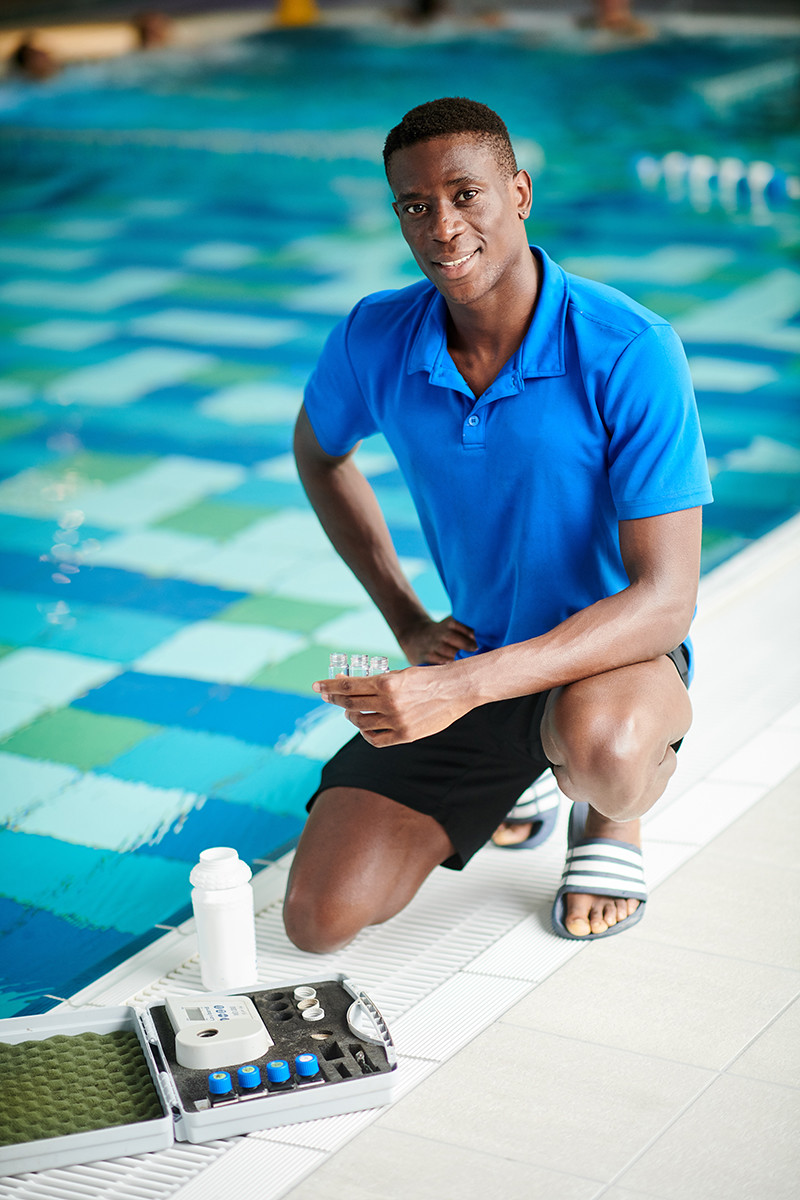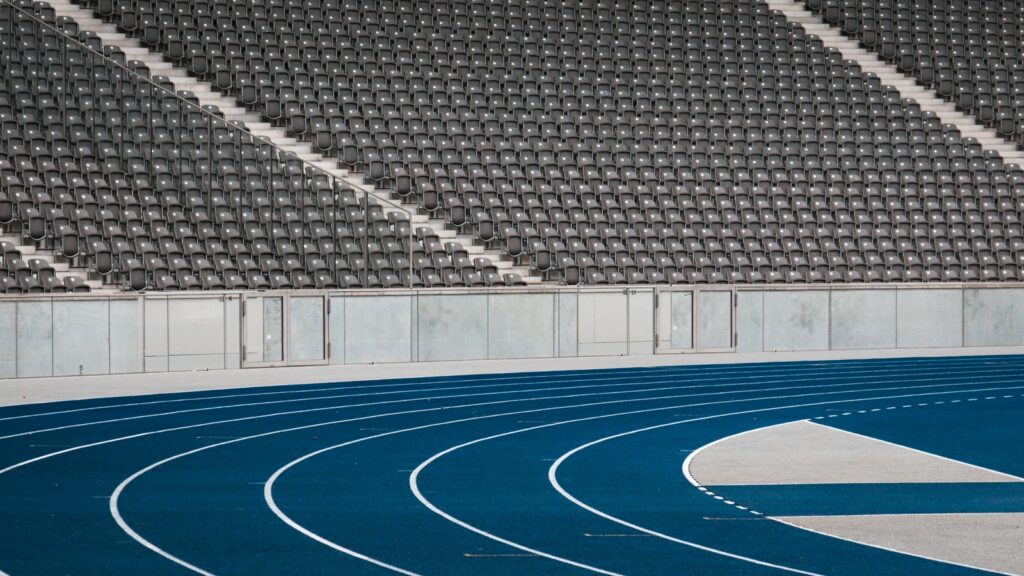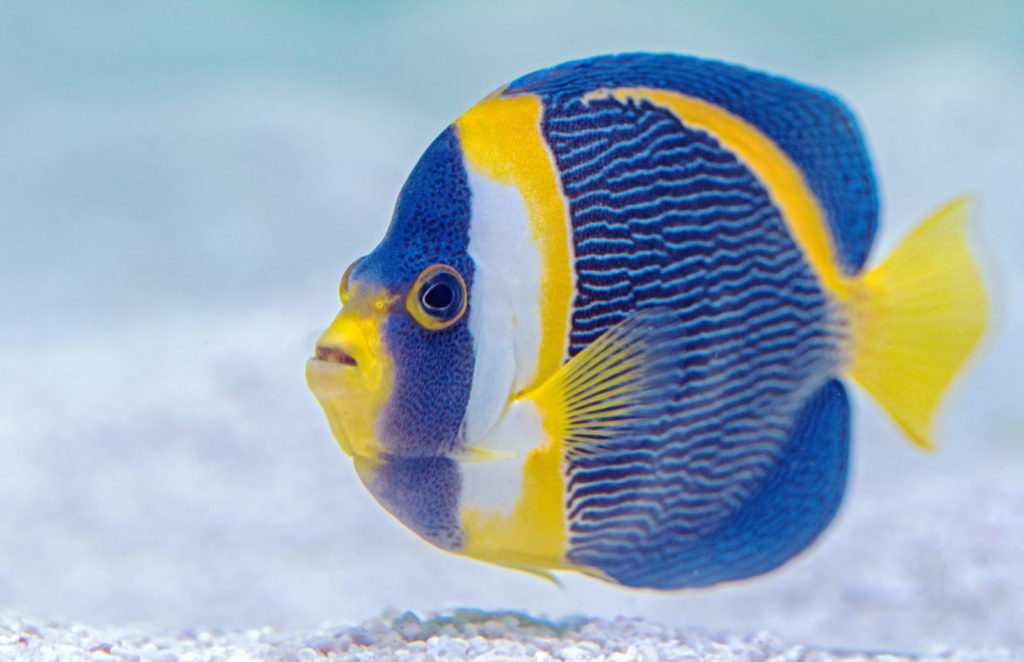Sport
Chlor-alkali chemistry is vital for sporting success.
Swimming pools are famously kept healthy thanks to chlor-alkali. Chemicals like sodium and calcium hypochlorite keep the water clean and free from the bacteria that swimmers bring in. Some people often note a ‘chlorine smell’ when they go for a swim. Interestingly, this is not chlorine but is due to the reaction of things like sweat, cosmetics, dirt and urine (!) that pool users bring to the pool reacting with the disinfectant to produce the ‘chlorine smell’. This is why it is so important to shower before you swim. This also helps pool attendants like Andi to ensure we have a safe, healthy swim.
Chlorine chemistry also helps make tough, hard-wearing but flexible materials for things like Olympic swimming suits. Here, polyurethane is used, an extremely smooth material that captures tiny gas bubbles and keeps the swimmer floating higher in the water. Since these swimmers have far less drag, they float better meaning they swim faster! This polyurethane is also found in running shoes and can be made using a complex set of chemistry involving chlorine.
Meanwhile, caustic soda is also important in sport. This chemical is vital in producing polycarbonate which helps produce shatter-proof safety equipment like bike helmets and protective goggles. Another chemical produced from caustic soda is Nylon. Nylon is essential in hard wearing fabrics for coats, trousers and even tents when we want to hit the great outdoors.
Chlor-alkali chemicals also help in the production of other sporting gear such as:
- Baseball bats which are made from aluminium purified by caustic soda,
- Spandex gym clothing made from caustic soda chemicals,
- Warm neoprene suits for water sports made from chloroprene,
- Motor racing suits composed of aramid fibres from chlorinated molecules.
Many other chlor-alkali chemicals help us to keep fit and improve our sporting performance. Why not check these out in this video? LEARN HOW Andi The Pool Attendant is USING CHLOR-ALKALI.





